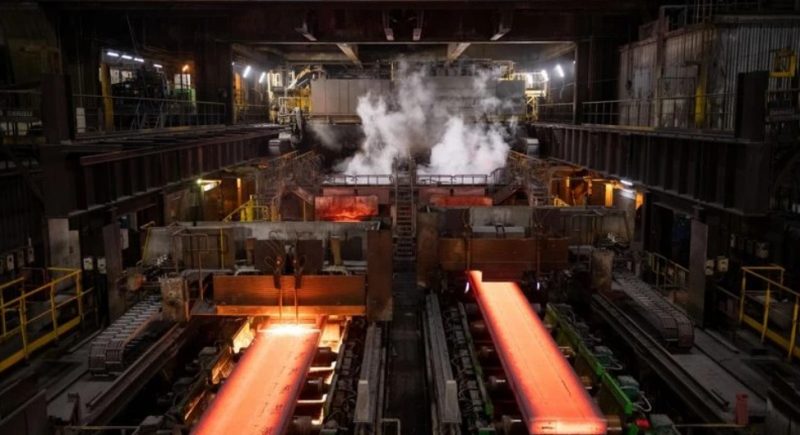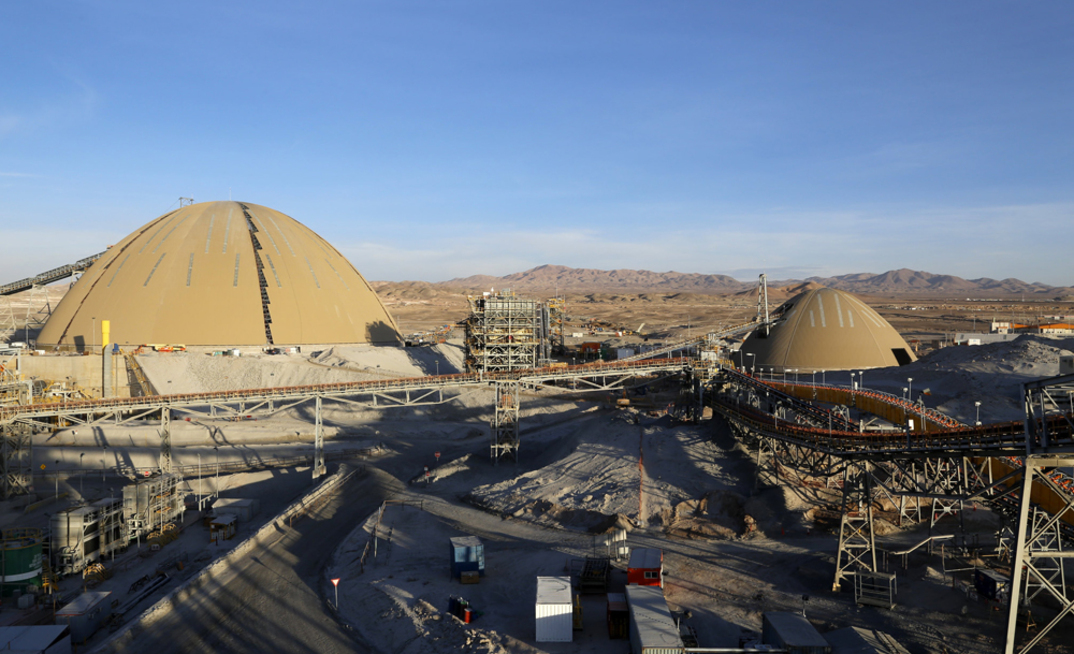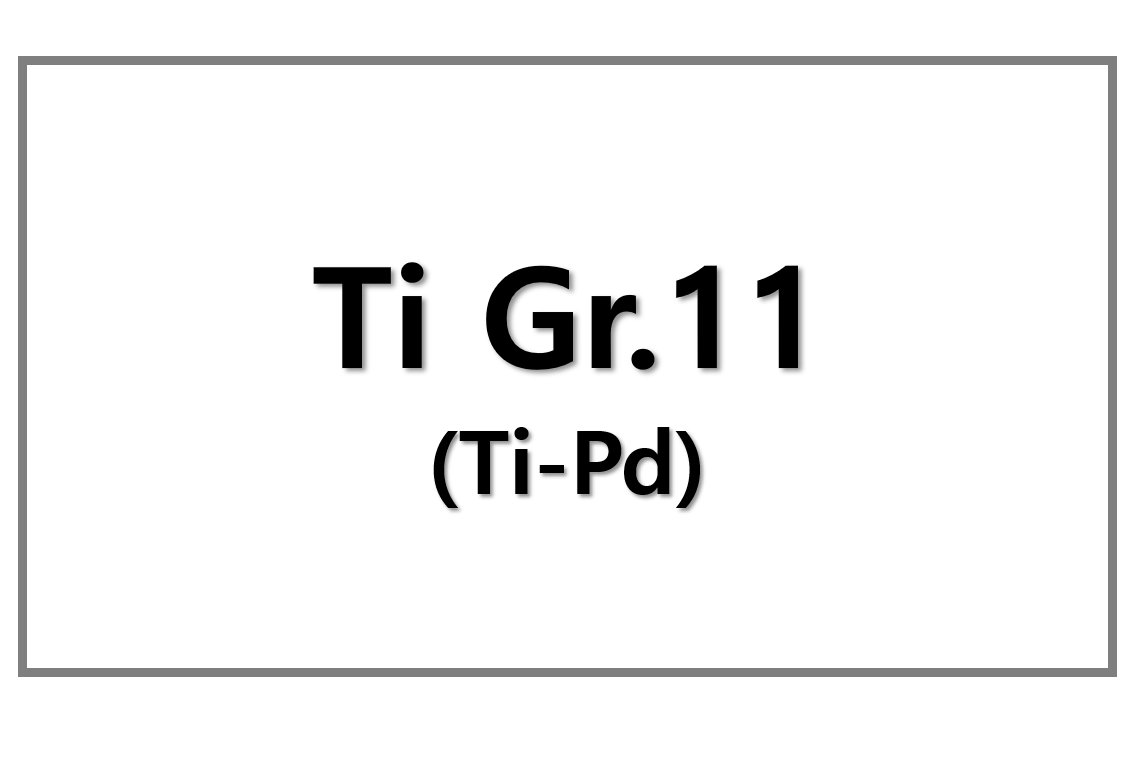
Soaring Chinese Steel Exports Pressure Global Long Steel Market
China’s long steel export strategy is reshaping the global steel trade. In the first five months of 2025, China’s exports of semi-finished steel, mainly square billets, quadrupled year-over-year. Total steel exports reached 48.5 million tons—a 16% jump from the same period last year. This export wave stems from faltering domestic construction demand and an oversupplied home market.
Falling real estate sales and construction activity have left Chinese mills with limited local buyers. In response, producers ramped up exports and undercut competitors with aggressive pricing. According to IREPAS, global exporters can’t match China’s low-cost offers, especially in Southeast Asia, where weak internal demand has also led to oversupply. As a result, long steel prices are falling worldwide—even where demand is slowly rebounding, such as in the EU.
Europe is already feeling the shock. In Southern Europe, rebar prices dropped 13% between May and June, falling from €575 to €500 per ton. German long steel sales rose 1% in early 2025, but cheaper Asian imports have offset gains. Steel production across the EU shrank by 3%, while China’s converter capacity utilization surged to 92%, highlighting a stark divergence in output strategies.
Long Steel Market Faces Global Fallout From China’s Overcapacity
Chinese steelmakers continue operating despite losses, supported by government policies and weak market constraints. Even with only 40% of plants turning a profit, most companies refuse to cut production. In fact, 75% of loss-making mills indicated no plans to scale back. The Chinese government’s relaxed production controls and ineffective carbon emissions strategy have further encouraged overproduction.
Although Beijing pledged to cut steel output by 50 million tons in 2025, results show otherwise. Production dropped just 0.8% from January to May, with June-July utilization exceeding 2024 levels. The country’s failure to curb output contradicts its dual carbon control strategy, which aims to limit emissions from exports.
Meanwhile, trade protectionism is on the rise. The U.S., EU, and India have imposed or tightened steel import controls. Southeast Asia and Turkey are also fortifying their domestic markets. However, countries without tariffs remain vulnerable to surging Chinese imports, particularly in regions relying on open trade channels. This pattern may accelerate regional price declines and disrupt domestic steelmakers in unprotected markets.
SuperMetalPrice Commentary:
The global long steel market is undergoing seismic shifts due to unchecked Chinese overcapacity and strategic export dumping. While domestic demand falters, China’s mills—often unprofitable—keep running, thanks to lax regulatory enforcement and state support. This creates an artificially low floor for global prices. Regional protectionism can slow the impact but cannot isolate markets entirely. Until Beijing enforces structural reform and production discipline, price volatility and trade imbalances will persist. Stakeholders should brace for prolonged turbulence across global steel supply chains.











Leave a Reply
You must be logged in to post a comment.